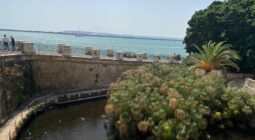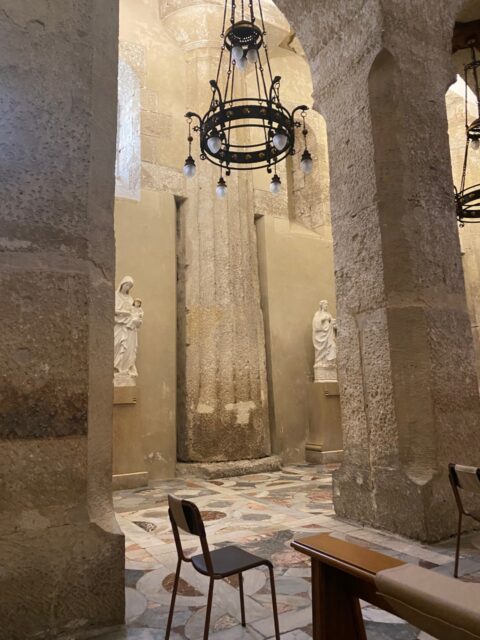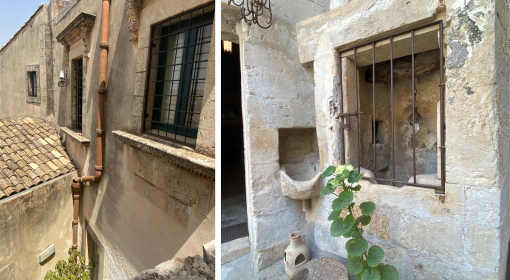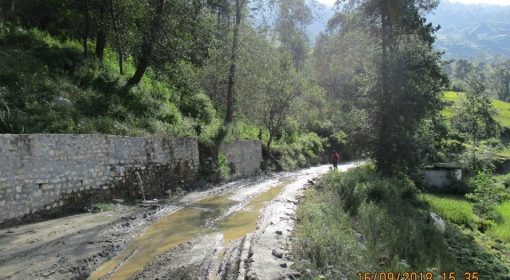By Frank van Steenbergen
All springs are special and miracles in themselves, but the Fonte de Arusa in Syracuse is in a class of its own. It is located on an island to an island: Ortigia Island – the tiny, brilliant speck of land just off the east coast of Sicily. The Arusa spring is provided for by an aquifer from the main island and is connected underneath the sea. What is very extraordinary is that the spring daylights at only ten meters from the Mediterranean, yet its water is fresh.

The second unique feature of Arusa Spring is papyrus – the ancient raw material that registered the word. Papyrus has always been grown in abundance in the spring, though it is rare anywhere around.The name of Fonte de Arusa came from the Greek nymph and her story of love and escape. Syracuse was a Greek colony, a city of eminence with the genius of Archimedes living here three centuries before Christ. Archimedes: the inventor of mathematical laws and the first creator of special engines: levers, lifting screws, parabolic heat generating mirrors and, mammoth transport vessels.

St. Paul, the path bearer of incipient Christianity was for three days in Syracuse around 60 AD. He had been kept prisoner in Jerusalem and Caesara and was taken as a captive to Rome in a long journey including shipwrecks in the eastern Mediterranean. He was given freedom to preach nevertheless and must have done so in Syracuse. He must have passed by and must have been drinking from the relentless source of water of Fonte de Arusa. He must have seen the temple of Athene in the city center that in the early Middle Ages was converted into a Norman church, the Basilica of Saint Lucia ‘al Sepolcro’, with the original pillars still to be seen – incorporated into the walls of the church. Though imprisoned this was St. Paul Fourth Evangelical Tour and he is said to have brought Christianity to Sicily.



